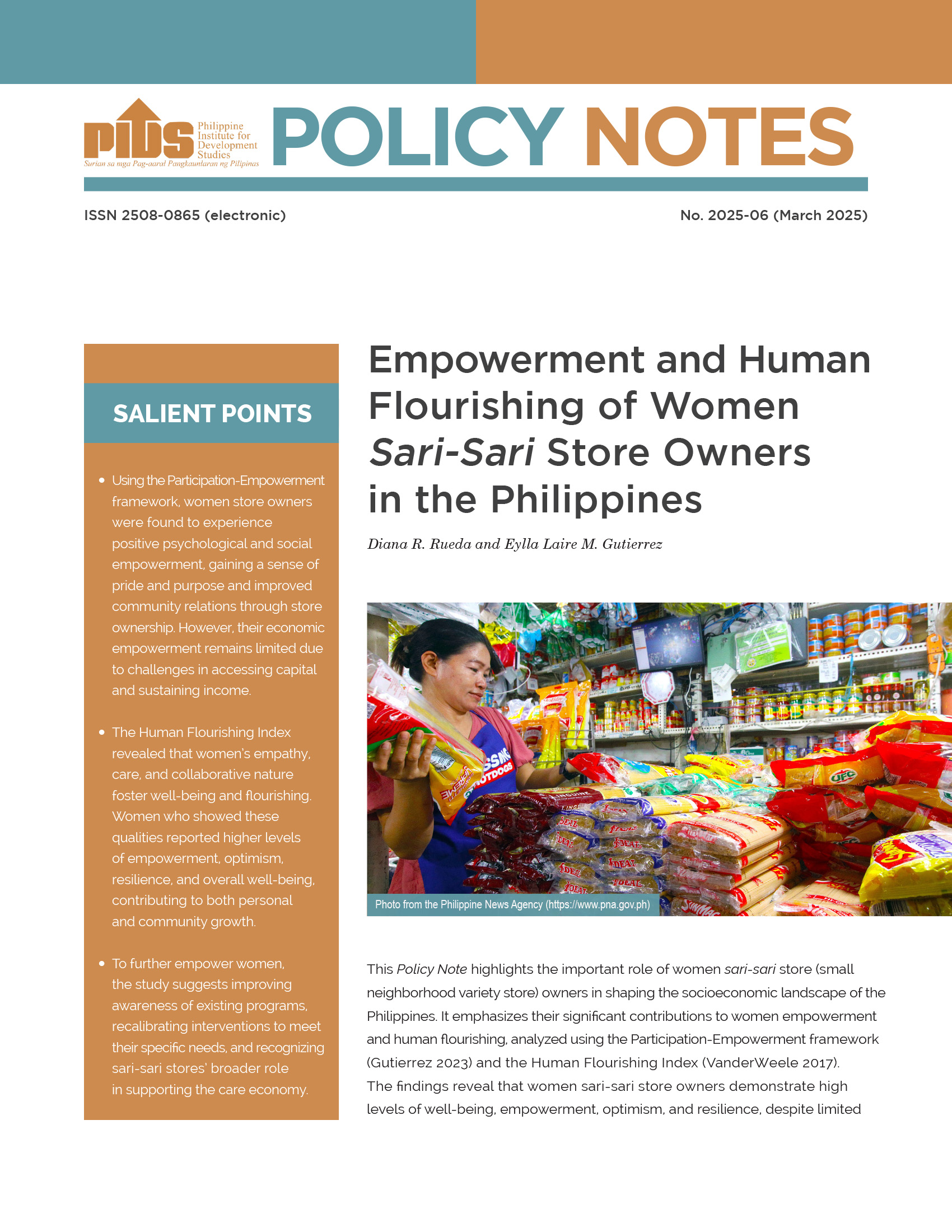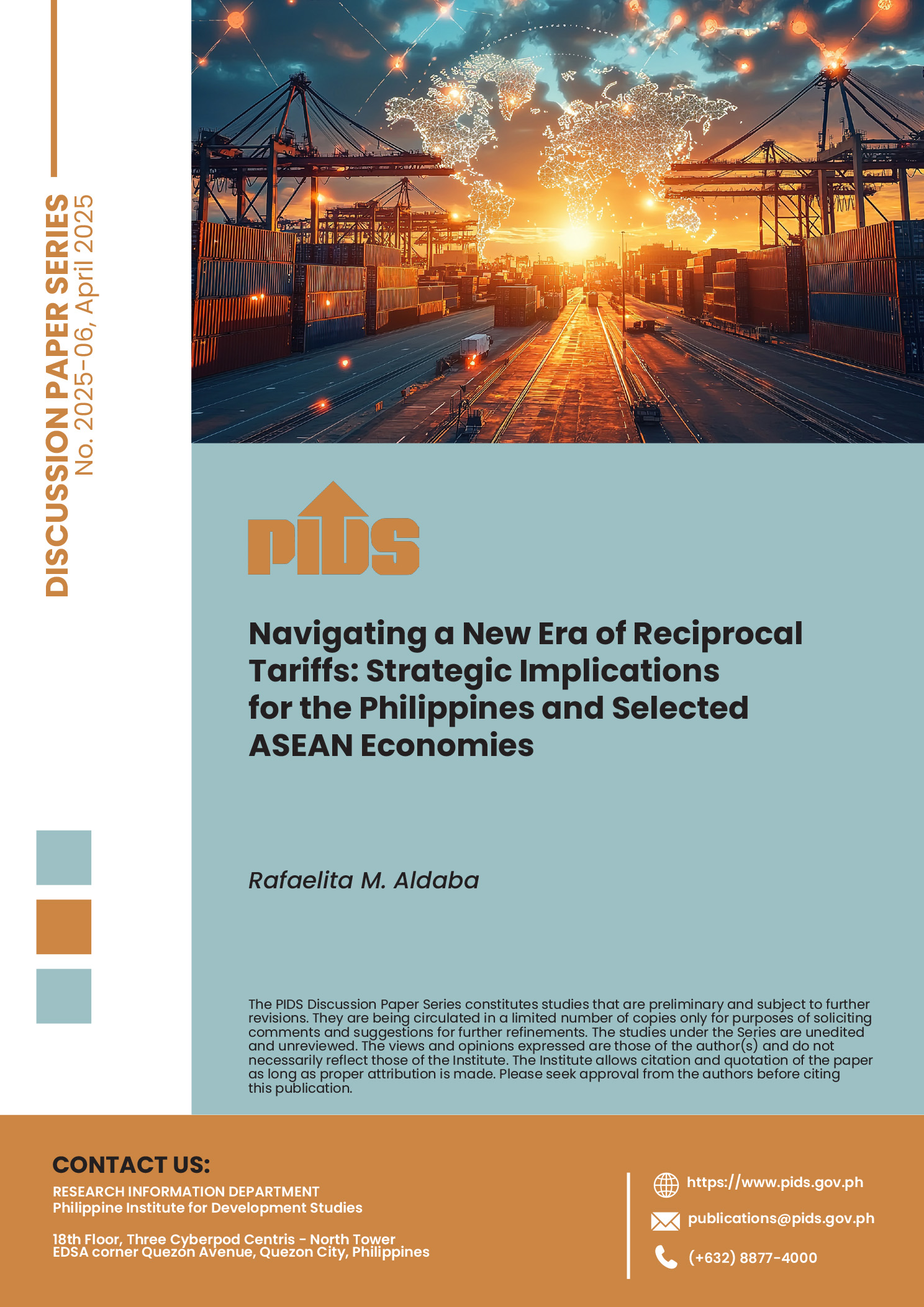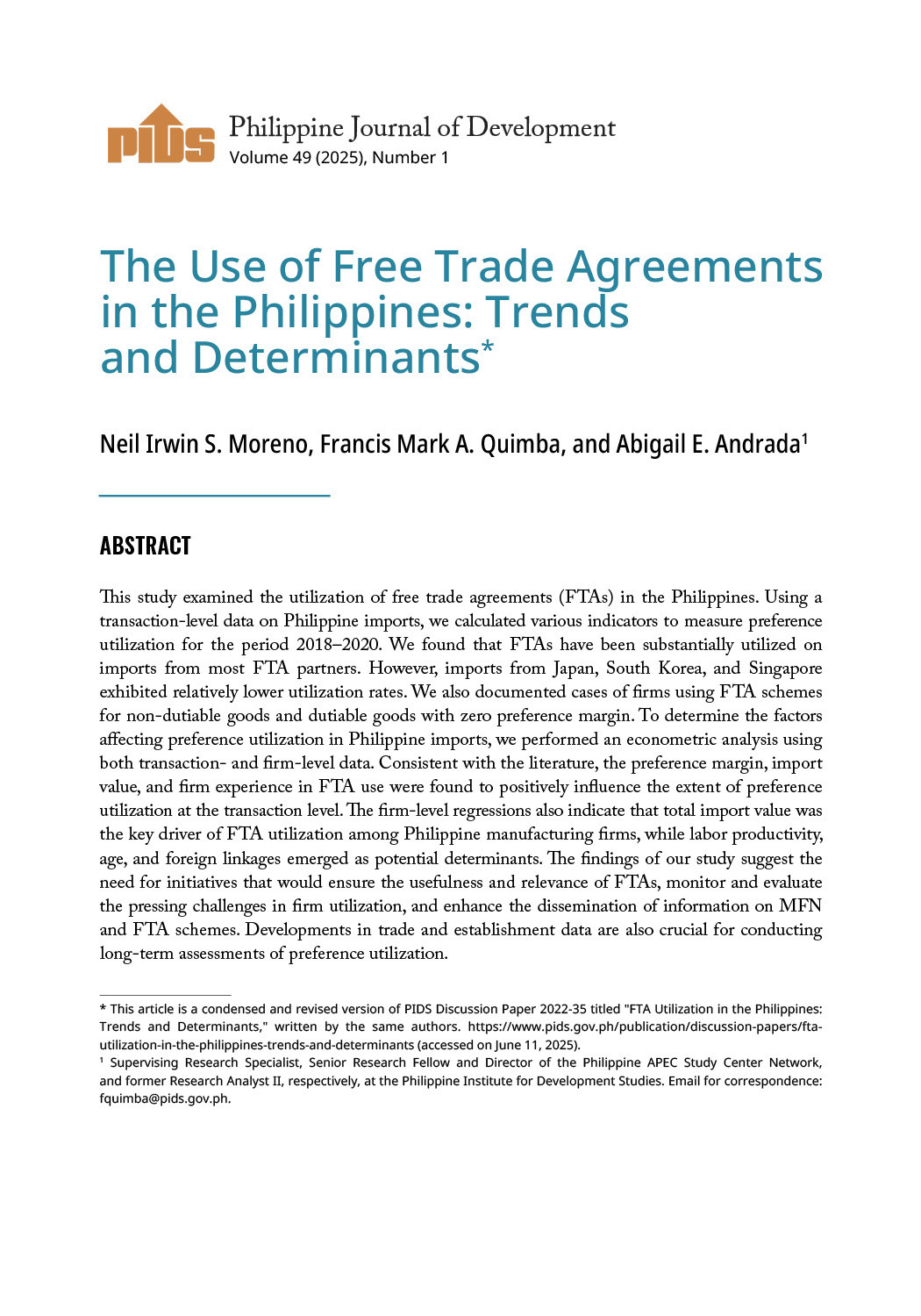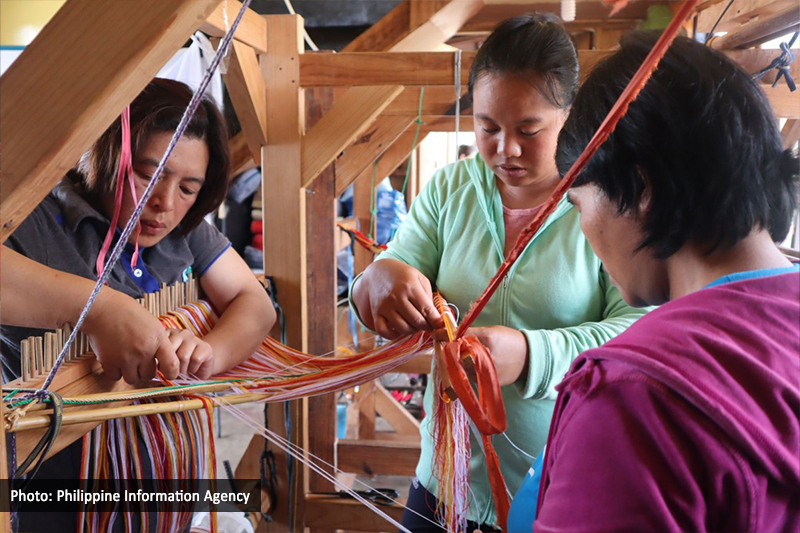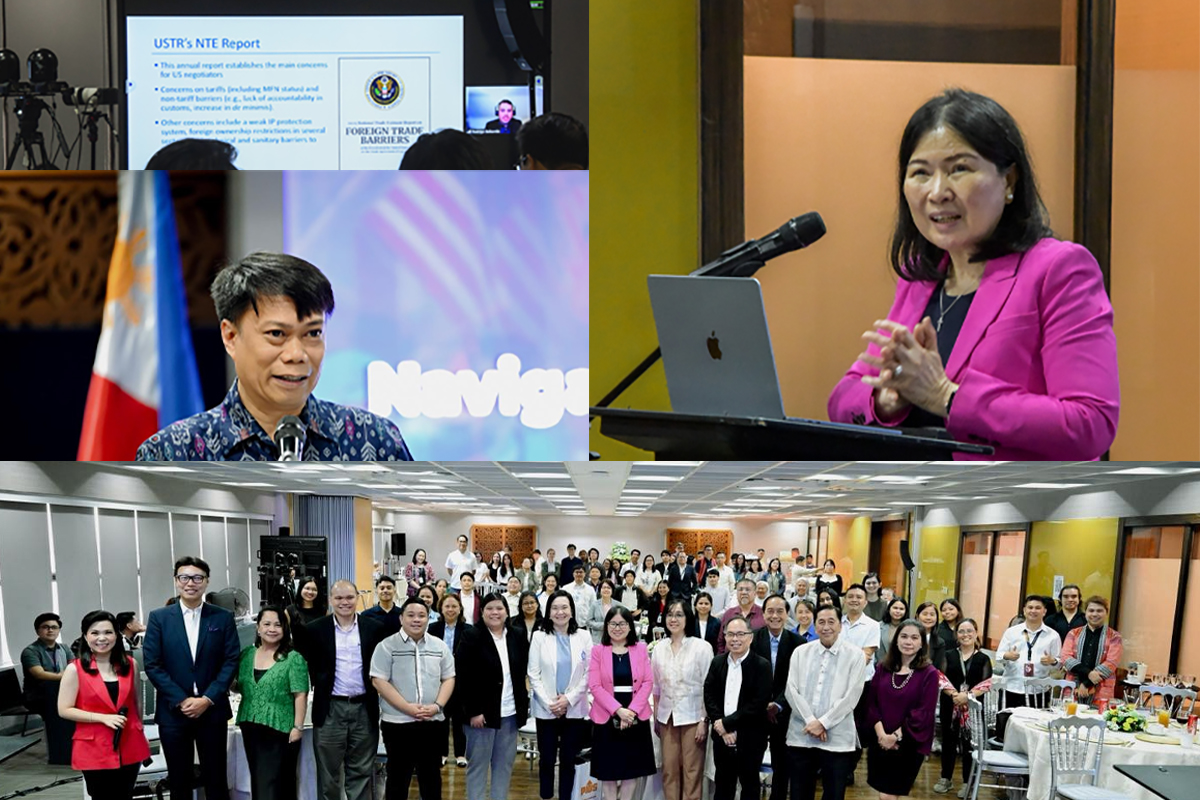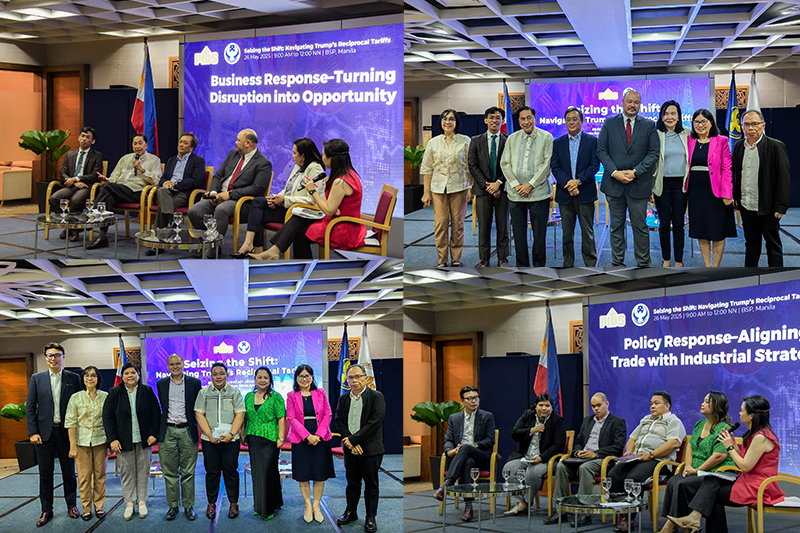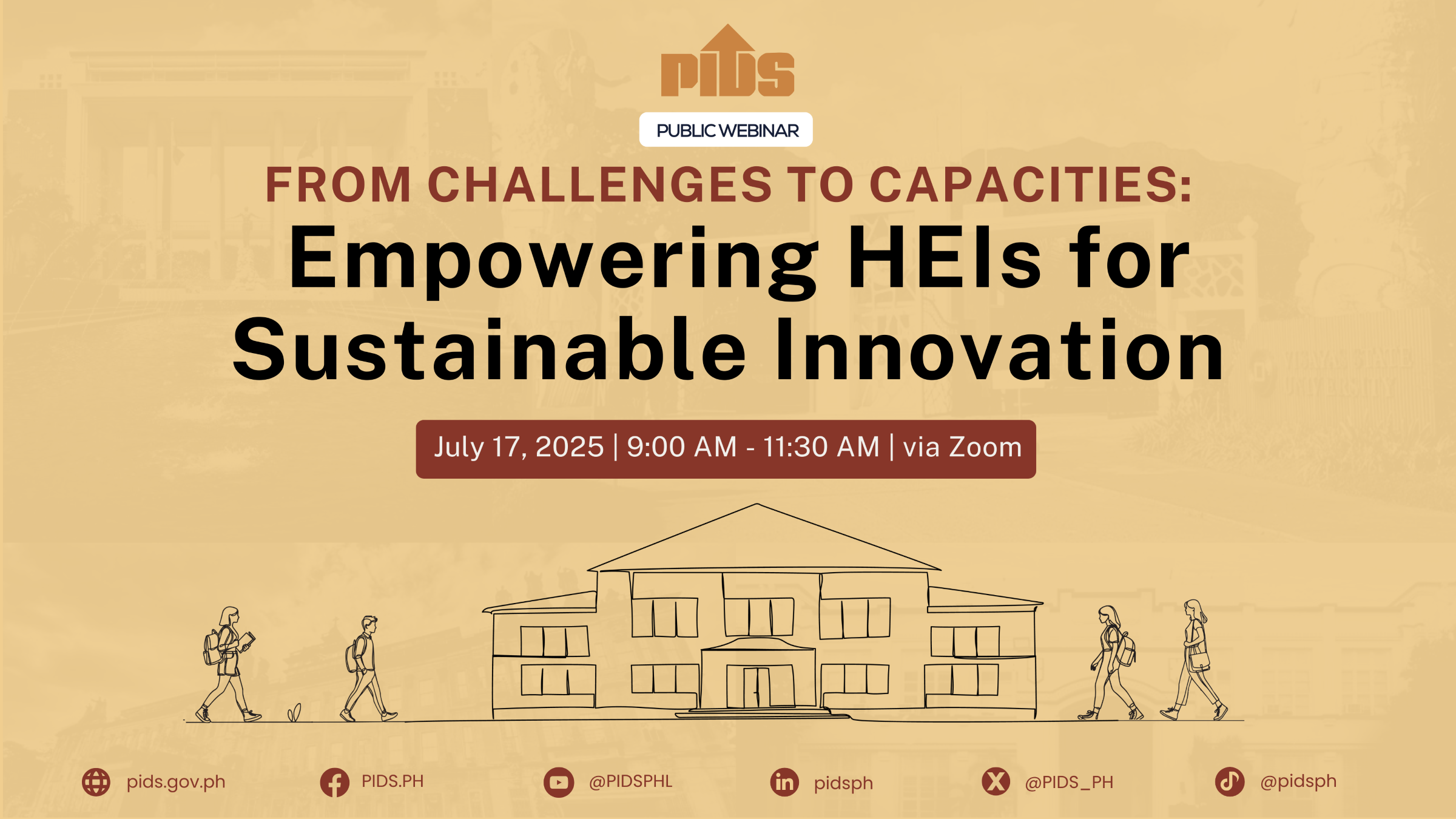President Duterte, taking cue from complaints aired by US President Donald J. Trump that Japanese-made vehicles are being assessed tariff rates considerably lower than American automobiles in the country, pressed for the forging of a free-trade agreement (FTA) between the Philippines and the United States in their bilateral meeting.
President Trump singled out the issue on tariffs being imposed on US automobiles, while these tariffs were not being imposed on Japanese cars,” Presidential Spokesman Harry L. Roque Jr. told reporters in sharing the highlights of the Trump-Duterte meeting that lasted for over 40 minutes on the sidelines of the 31st Associations of Southeast Asian Nations Summit and Related Meetings in Manila.
But the Philippine side also took a swipe at Washington for opting to conclude a FTA with Vietnam and Japan ahead of the Philippines, a longtime US ally.
The Philippines expressed a view that they’re appreciative of the general system of preference, and suggested that free-trade agreements must also be concluded between the US and the Philippines because their FTA is concluded by America with Vietnam and Japan, who have not always been the allies of the US. President Trump said they will study the matter,” Roque said.
Trump’s concerns over the preferential treatment being accorded by Manila to vehicles coming from Japan have already been highlighted by the Office of the US Trade Representative (USTR).
Currently, the tariff rate imposed on Japanese automobiles is around 20 percent for vehicles with 3-liter engines and zero for those with bigger engines. Data from the USTR show American cars are slapped with higher tariffs.
The USTR said the Philippines applies a 30-percent tariff on passenger cars; 20 percent to 30 percent on vehicles for the transport of goods; and 15 percent to 20 percent on vehicles for the transport of persons, depending on vehicle weight. “Asean countries and Japan enjoy preferential import tariffs on new vehicle imports under the Asean Free Trade Agreement and the Japan-Philippines Economic Partnership Agreement, respectively,” the USTR stated in a document.
Aside from the issue on automobile tariffs, Roque said Trump and Duterte also touched on the gaping disparity in trade numbers between the US and the Philippines, with Manila having the advantage.
Trump also ranted over the imbalance in US trade with other countries—including with Japan and China—in his other official visits. This is consistent with his “Make America Great Again” campaign.
They will probably think of a way to reduce the trade surplus between the Philippines and the United States. Well, the deficit because the Philippines, according to the US, has a trade deficit with China, and they will work out something to reduce the deficit of trade between the Philippines and China, and, at the same time, improving trade relations with the United States,” Roque said.
Data from the Philippine Statistics Authority showed that in the January-to-September period, exports to the US reached $7.04 billion, a 5.2-percent growth from $6.69 billion in the same period in 2016.
Imports from the US, meanwhile, amounted to only $5.15 billion in the January-to-September period, a 7.3-percent decline from $5.55 billion in 2016.
A US-Philippines FTA has been raised in previous administrations. In 2006 Philippine Institute for Development Studies researchers, including senior fellow Erlinda M. Medalla, said pursuing a US-Philippines FTA will only lead to 0.1-percent increase in GDP.
The study also stated that a US FTA would reduce poverty incidence, especially in Metro Manila, where industries are based. On the whole, the reduction in poverty, using all three indices, across categories, is 1.1 percent for head count, 1.3 percent for poverty gap and 1.6 percent for poverty severity.
The study stated that the FTA talks between the US and the Philippines formally began when Senator Richard Lugar of the United States Congress presented Senate Bill 2004 on March 11, 2002.
The bill authorized the American president to negotiate and conclude an FTA with the Philippines.
President Trump singled out the issue on tariffs being imposed on US automobiles, while these tariffs were not being imposed on Japanese cars,” Presidential Spokesman Harry L. Roque Jr. told reporters in sharing the highlights of the Trump-Duterte meeting that lasted for over 40 minutes on the sidelines of the 31st Associations of Southeast Asian Nations Summit and Related Meetings in Manila.
But the Philippine side also took a swipe at Washington for opting to conclude a FTA with Vietnam and Japan ahead of the Philippines, a longtime US ally.
The Philippines expressed a view that they’re appreciative of the general system of preference, and suggested that free-trade agreements must also be concluded between the US and the Philippines because their FTA is concluded by America with Vietnam and Japan, who have not always been the allies of the US. President Trump said they will study the matter,” Roque said.
Trump’s concerns over the preferential treatment being accorded by Manila to vehicles coming from Japan have already been highlighted by the Office of the US Trade Representative (USTR).
Currently, the tariff rate imposed on Japanese automobiles is around 20 percent for vehicles with 3-liter engines and zero for those with bigger engines. Data from the USTR show American cars are slapped with higher tariffs.
The USTR said the Philippines applies a 30-percent tariff on passenger cars; 20 percent to 30 percent on vehicles for the transport of goods; and 15 percent to 20 percent on vehicles for the transport of persons, depending on vehicle weight. “Asean countries and Japan enjoy preferential import tariffs on new vehicle imports under the Asean Free Trade Agreement and the Japan-Philippines Economic Partnership Agreement, respectively,” the USTR stated in a document.
Aside from the issue on automobile tariffs, Roque said Trump and Duterte also touched on the gaping disparity in trade numbers between the US and the Philippines, with Manila having the advantage.
Trump also ranted over the imbalance in US trade with other countries—including with Japan and China—in his other official visits. This is consistent with his “Make America Great Again” campaign.
They will probably think of a way to reduce the trade surplus between the Philippines and the United States. Well, the deficit because the Philippines, according to the US, has a trade deficit with China, and they will work out something to reduce the deficit of trade between the Philippines and China, and, at the same time, improving trade relations with the United States,” Roque said.
Data from the Philippine Statistics Authority showed that in the January-to-September period, exports to the US reached $7.04 billion, a 5.2-percent growth from $6.69 billion in the same period in 2016.
Imports from the US, meanwhile, amounted to only $5.15 billion in the January-to-September period, a 7.3-percent decline from $5.55 billion in 2016.
A US-Philippines FTA has been raised in previous administrations. In 2006 Philippine Institute for Development Studies researchers, including senior fellow Erlinda M. Medalla, said pursuing a US-Philippines FTA will only lead to 0.1-percent increase in GDP.
The study also stated that a US FTA would reduce poverty incidence, especially in Metro Manila, where industries are based. On the whole, the reduction in poverty, using all three indices, across categories, is 1.1 percent for head count, 1.3 percent for poverty gap and 1.6 percent for poverty severity.
The study stated that the FTA talks between the US and the Philippines formally began when Senator Richard Lugar of the United States Congress presented Senate Bill 2004 on March 11, 2002.
The bill authorized the American president to negotiate and conclude an FTA with the Philippines.

